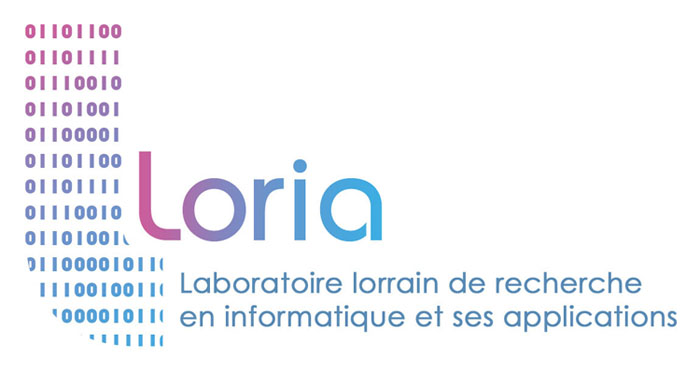
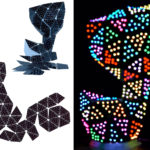
Imagine flexible electronic circuits capable of being shaped to fit specific objects or products created using 3D printing. This is now possible thanks to PCBend, an open-source process developed by two young researchers: one from the Inria-Loria project team MFX, and the other from the Institute of Science and Technology Austria. Their innovation is set to be unveiled at the next edition of the Siggraph global conference, which will run from the 6th to the 10th August 2023 in Los Angeles.
Read the original article on Inria.fr
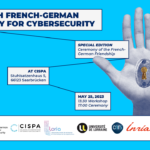
The 6th Franco-German Day for Cybersecurity – Special Edition: Celebration of Franco-German friendship between Loria (CNRS, Inria, Université de Lorraine) and CISPA, will take place on Thursday, 25 May at CISPA, Saarbrucken.

Seeking to improve IT security, researchers from the PESTO project team have devised an “innovative and effective” method for identifying vulnerabilities in implementations of TLS, an essential protocol for securing data exchanges over internet. This method has already shown its worth, having been used to discover four new vulnerabilities, one of which was critical.
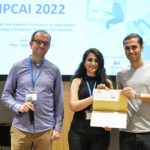
Congratulations to the Tangram team (CNRS, Inria, Université de Lorraine), winner of the Best Paper Award at the IPCAI conference (International Conference on Information Processing in Computer-Assisted Interventions).
The conference, a leading event for innovation in the field of computer-assisted surgery, was held in Tokyo in June.
The prize rewards the work of Nariman Khaledian, Pierre-Frédéric Villard and Marie-Odile Berger on the simulation of fluid-structure interaction in the heart mitral valve. This work will enable practitioners to refine their diagnoses and increase their knowledge of this organ.
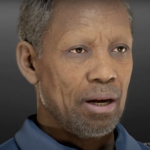
The Dynalips technology allows to precisely synchronize the lip movements of 3D characters and the words they are supposed to pronounce. This lipsync technology, based on the research work of Slim Ouni, associate professor in computer science and member of the Multispeech team (CNRS, Inria, University of Lorraine), offers a fast solution to precisely and automatically synchronize the lip movements of a 3D character with speech.
